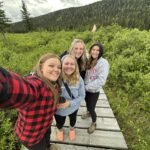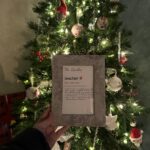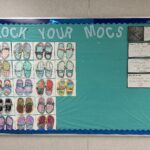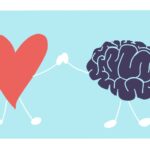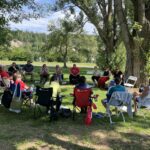Hadih! and thanks for coming back to my blog! I wanted to share with you some of my experience at Nusdeh Yoh during my 491 Practicum. For those of you who don’t know, Nusdeh Yoh is our Indigenous choice school here in Prince George, B.C. During my time here, my CT showed me the importance of using the local Indigenous language in the classroom (Dakelh aka Carrier). Which is what I am going to be reflecting on today.
In the classroom, my teacher used the Dakelh language in many different ways. We had lessons on it, we used it during our check-in circle time. For example, all students would wait until my CT invited them to sit in the circle by saying “Sinda.” Furthermore, during their check-in, they had to let the rest of the class know what zone they were in (my CT used zones of regulation) in which she had taught them the colours in Dakelh. From simply observing this compared to other classrooms with less Indigenous language integrated I can say that I feel strongly about the importance of immersing and integrating Indigenous Language into the classroom and here’s why:
Indigenous language is key in revitalizing the culture of Indigenous people and will aid in reconciliation. Indigenous language is much more than just words. In many Indigenous cultures, language holds stories, knowledge, songs, dances, protocols, and history. Losing language will ultimately result in the loss of Indigenous cultures as a whole. The knowledge that is held within the language of Indigenous Peoples is underestimated. Our local Indigenous Peoples have inhabited this land for thousands of years, therefore, they know more about the environment, the land, the animals, the plants, and everything that is encompassed. With the loss of language will come the loss of medicines and protocols that are crucial in protecting Mother Earth and ourselves. We are losing our elders, who are our teachers and it is a race against time now for us to revitalize the language and culture of our local First Nations.
Indigenous language is central to the indemnity of Indigenous people and their culture. Revitalizing their language will help our Indigenous peoples reconnect with their culture and others creating a sense of belonging and purpose for them that can be passed down through generations. It is not a short, quick or easy road but if we start today, we can make a major difference in our young people who will someday be our leaders creating a domino effect for the rest to come.
So what can we do as educators to play a key role in revitalizing the language and culture that holds so many important lessons and connections? We can start by furthering our education in our local Indigenous language. Here are some resources that can help those who are located in the Lheidli T’enneh area:
- https://billposer.org
- http://www.billposer.org/LheidliCarrierDictionary/
- https://www.billposer.org/LanguageResources.html
- https://www.lheidli.ca
Here is a resource that holds around 13 Indigenous languages for those who may not be in the Lheidli T’enneh area or want to expand their knowledge:
We can learn and vocalize our support for the Truth and Reconciliation Commission’s call to action for language. Immerse yourself in the language that best you can and share your knowledge with others. Lastly, don’t work so hard on decolonizing your teaching practice but rather Indigenize it.
Below are some photos of the Dakelh signs my students had made for around the school.
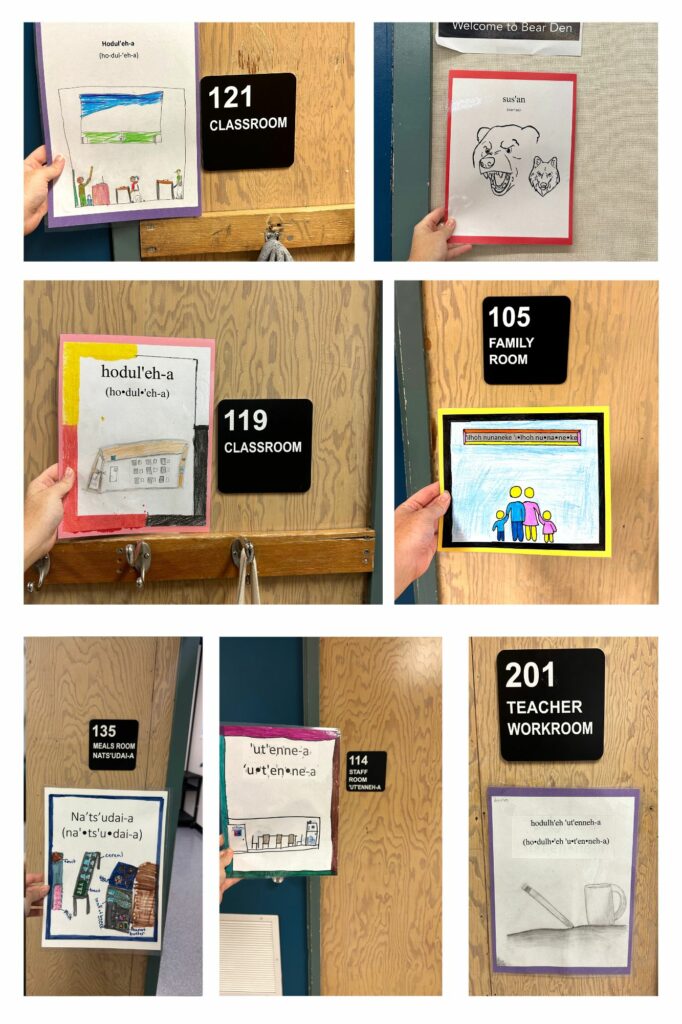
The following image was taken from “https://www.lheidli.ca”

